Energy price capping in Romania will expire in about three months' time and I am convinced that real competition will lead to an optimisation of consumption, says energy expert Dan Dragan, a former senior state official with the Energy Ministry.
"If we look at the final consumer, we had the capping scheme. It will expire in about three months, and I am convinced that real competition will lead to an optimisation of consumption, to the implementation of dynamic prices, to the establishment of margins of deviation from the consumption forecasts, to a better load of industrial consumers on exchanges, all these things being driven by competition and prices generated by the market. On the other hand, there are two support schemes that consumers have at their disposal, the energy-intensive ones and the exemption scheme for the payment of green certificates, which has reached a threshold of EUR 750 million since it was implemented in 2015 through 2023. It follows the extension to 2030, and the exemption from support for individual consumers, a scheme that can reach up to EUR 150 million annually. I am convinced that they will lead to stability, credibility and the development of the local industry," he said on Tuesday at a specialist event.
Dragan added that "the part of certificates of origin on which the ministry has worked together with the regulatory authority will be implemented moving forward."
"And, again, very importantly, we have seen the availability, efforts and interest of the regulator to make a secondary legislation as close as possible to the market regulations. And I saw a very important step taken by the regulator - and I would refer to the market maker. I saw on the gas market side. So, we are moving towards what must be a stable market to bring all these volatilities at certain times of the price to normality. A normality, which means a sustainable price. In all the previous discussions and in the work we have carried out, not only at national level, but also at European level, we must think that not only the development of networks and additional balancing and storage capacities will bring all this predictability that we want, but we must also look at dynamic prices. And it is precisely a competitive market that will lead the consumers towards a consumption profile that is as optimal as possible from a financial point of view and for them."
A thousand representatives of solar energy production, development and investment companies are participating in Bucharest on March 18 and 19, at the Solar Energy Bucharest Summit, a technological and business exhibition dedicated to the solar industry, a field in which it is estimated that investment will reach EUR 2.5 billion by 2030.
Romania currently has a capacity of about 4,500 MW of solar panels and, according to government plans, that should reach about 8,500 MW by 2030, which calls for total investment of almost EUR 2.5 billion. The objective will require annual investment of about EUR 500 million for the development of solar parks, the installation of solar panels on farms, factories, warehouses or on residential buildings. Basically, it is about investing over EUR 1 million euros per day throughout 2030. Currently, the cost of developing one MW of solar panels is around EUR 600,000.

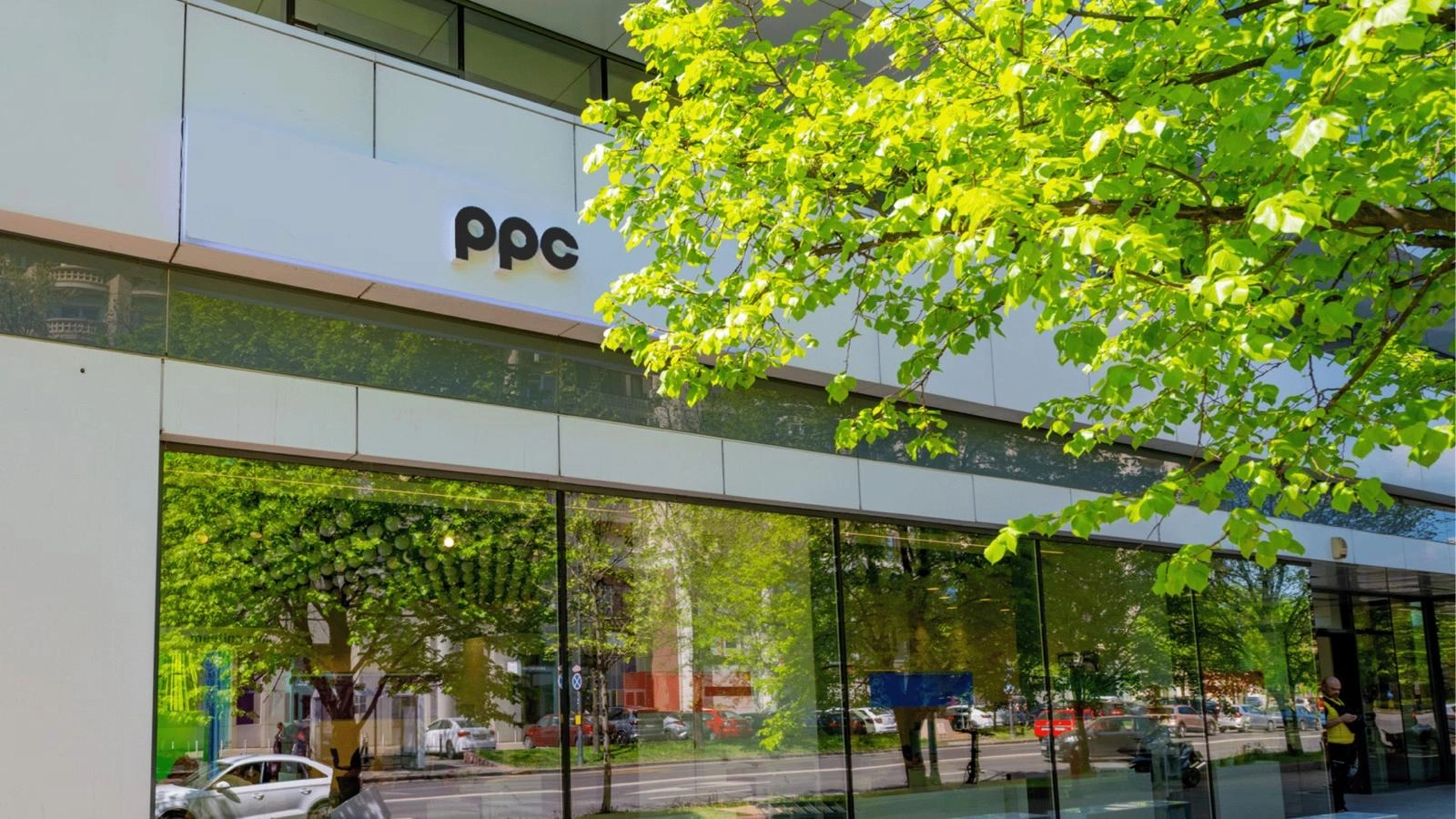




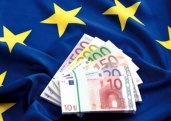
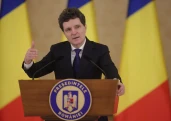
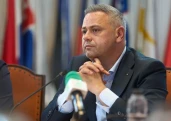
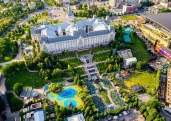
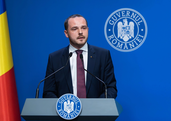


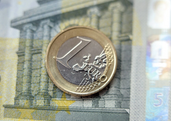

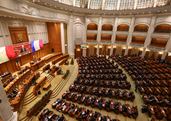




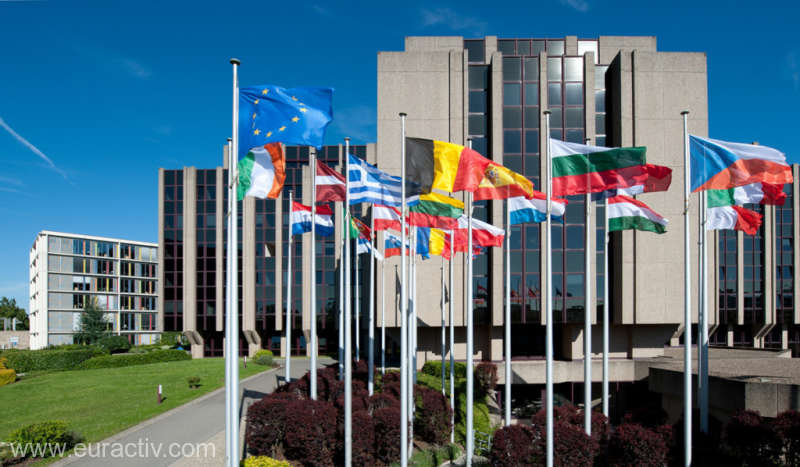
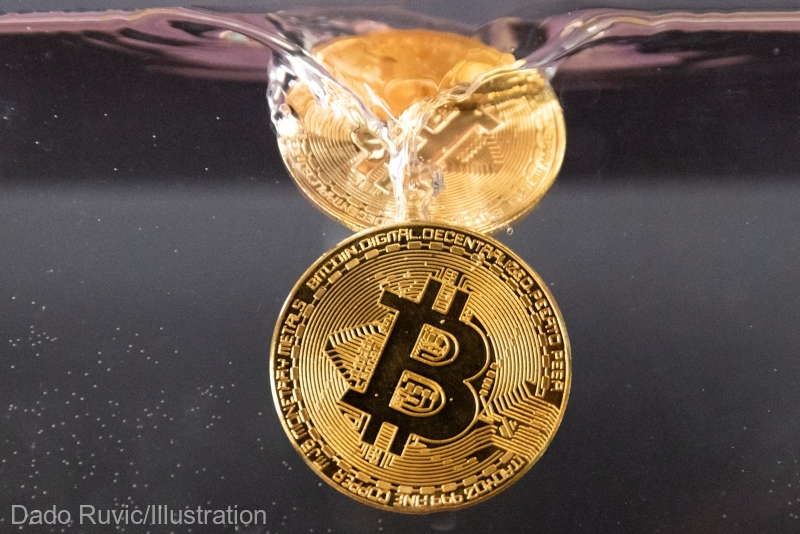
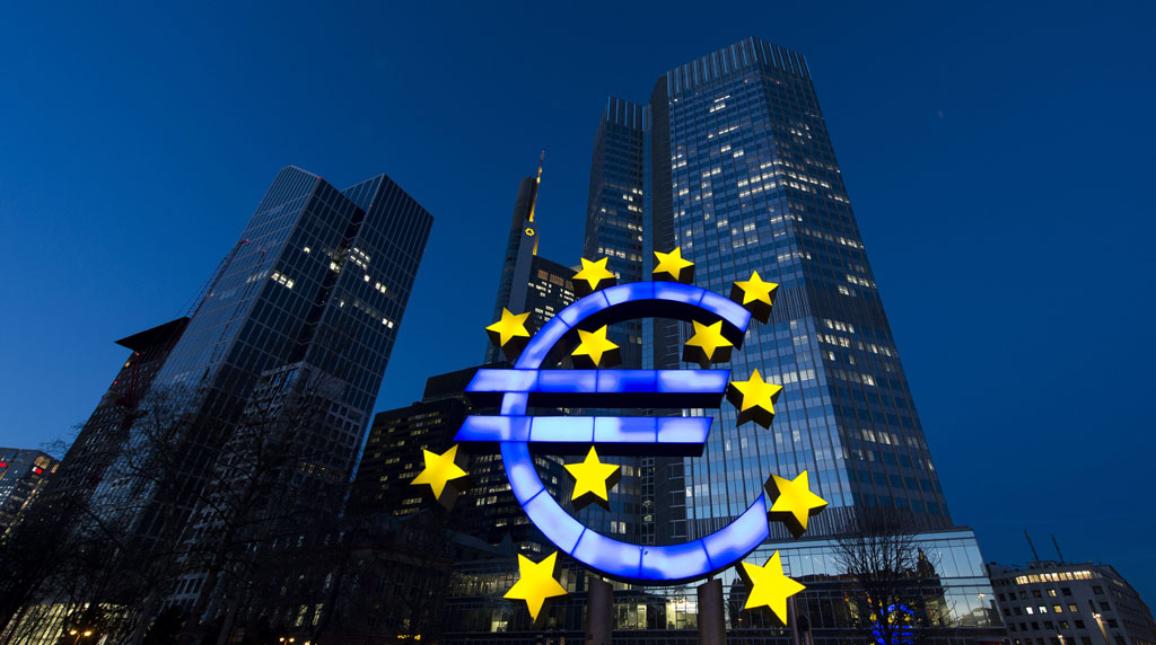










Comentează